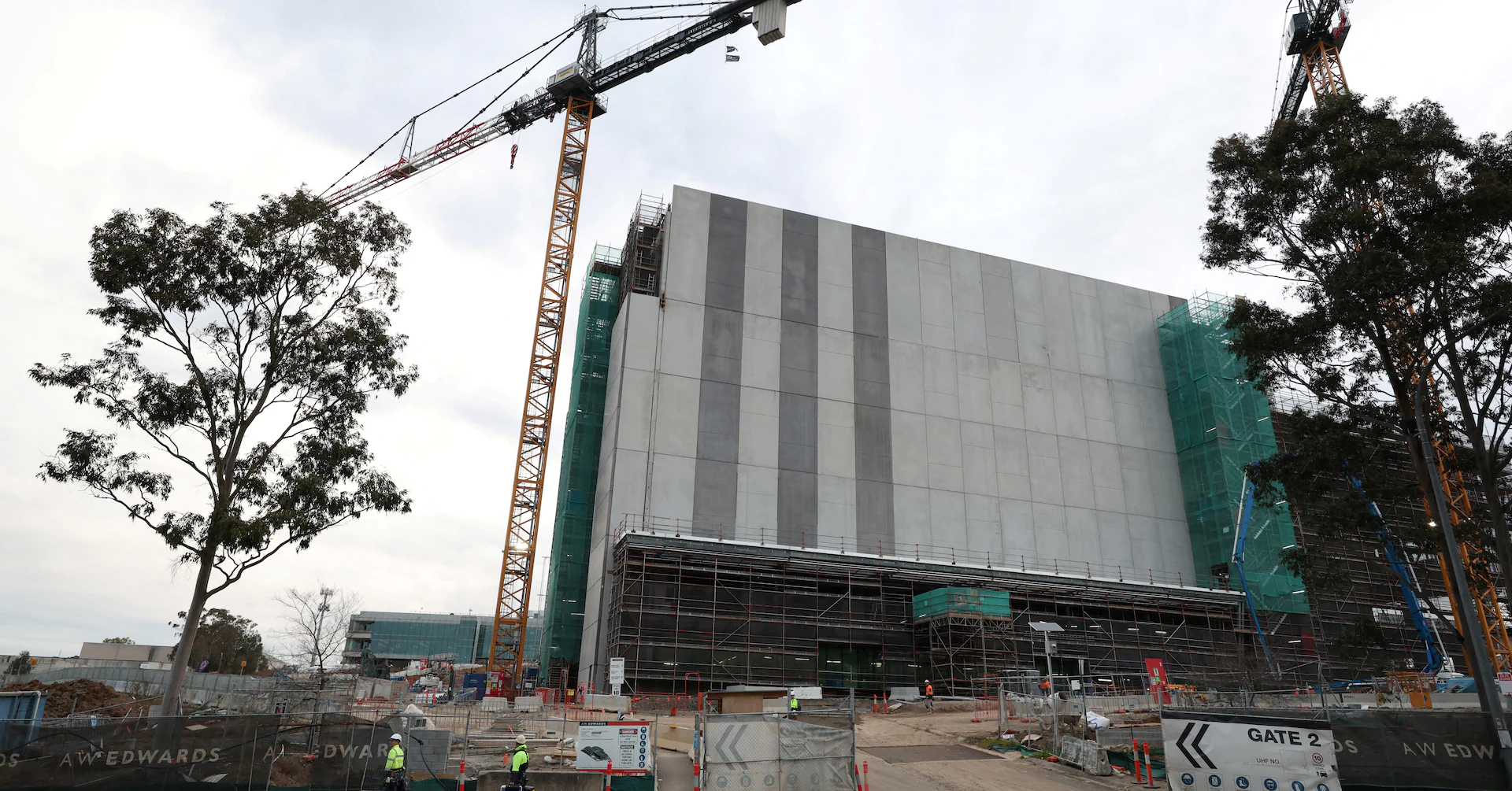
This is an excerpt of the Sustainable Switch newsletter, where we make sense of companies and governments grappling with climate change, diversity, and human rights on Tuesdays, Thursdays and Fridays.
To receive the full newsletter in your inbox for free sign up here.
Sign up here.
Hello!
It’s been a while since I wrote about artificial intelligence and Big Tech’s impact on environmental, social and governance issues. So, today’s newsletter will seek to give you a crash course on what’s been happening in the AI and ESG space.
A few stories caught my eye this week and prompted me to focus on this issue today and they are all linked by one thing – data centers.
The number of data centers, which store computing infrastructure, is growing exponentially as the world increasingly uses AI and cloud computing.
But the energy intensive centers also pose another challenge – water use.
The first story takes us to the land down under, where authorities in Australia approved construction of data centers without requiring measurable plans to cut water use, raising concerns the sector’s rapid growth will leave residents competing for the resource.
The New South Wales state government green-lit all 10 data center applications it has ruled on since expanding its planning powers in 2021, from owners like Microsoft, Amazon and Blackstone’s AirTrunk, documents reviewed by Reuters show.
Fewer than half the approved applications gave projections of how much water they would save using alternative sources.
Pumping the brakes
How much water would these data centers consume? The centers would ultimately use up to 9.6 gigalitres a year of clean water, or nearly 2% of Sydney’s maximum supply, the documents show.
Sydney state planning law says data center developers must “demonstrate how the development minimizes … consumption of energy, water … and material resources” but does not require projections on water usage or savings.
“There is already a shortfall between supply and demand,” said Ian Wright, a former scientist for Sydney Water who is now an associate professor of environmental science at Western Sydney University.
As more data centers are built, “their growing thirst in drought times will be very problematic,” he added.
But there’s already been a deceleration of a data center boom in some countries. This week, Malaysia decided to slow down construction of more data centers as the nation grapples with power grid capacity and water resource constraints.
Additionally, Singapore had a three-year moratorium on new data center builds until January 2022 due to power and water constraints, before announcing last year that it would unlock just 300 megawatts (MW) of data center capacity “in the near term”.
Accelerating data centers
While some countries are pumping the brake on more data centers, others are slamming down the accelerator and going full throttle.
Construction spending on U.S. data centers reached an all-time high of $40 billion at a seasonally adjusted annual rate in June, as technology giants continue pouring billions into AI infrastructure, according to a Bank of America Institute report.
Earlier this year, the U.S. Energy Information Administration said in its Short-Term Energy Outlook (STEO) that power-hungry data centers will push U.S. electricity consumption to record highs in 2025 and 2026.
ESG SPOTLIGHT
An innovative climate food solution has sprung up in Cuba’s capital Havana as a unique start-up is shipping small containers of sprouting vegetable seedlings to upscale restaurants in other parts of the city.
The start-up will supply seeds and other items such as coco fiber mesh, used instead of soil, to grow the microgreens, explained architect Oliesky Fabre, the founder of Enparalelo (Parallel Roads).
The new home-based urban growers can then sell their microgreens back to the company, but also to neighbors, and keep some for their own consumption, he said.
The project was one of 10 projects, out of 200 initiatives, deemed to have the most innovative solutions to combat hunger in Latin America and the Caribbean which won it a 2022 UN World Food Programme award.
Think your friend or colleague should know about us? Forward this newsletter to them. They can also subscribe here.
Our Standards: The Thomson Reuters Trust Principles., opens new tab
Sharon is the creator, curator and editor of the Reuters Sustainable Switch newsletter and the Sustainable Business vertical on Reuters.com. She joined Reuters after a stint as the Inclusive Economies Editor at the Thomson Reuters Foundation. She enjoys writing about the intersection between climate and social injustice and can be contacted via email for ESG-related queries.



